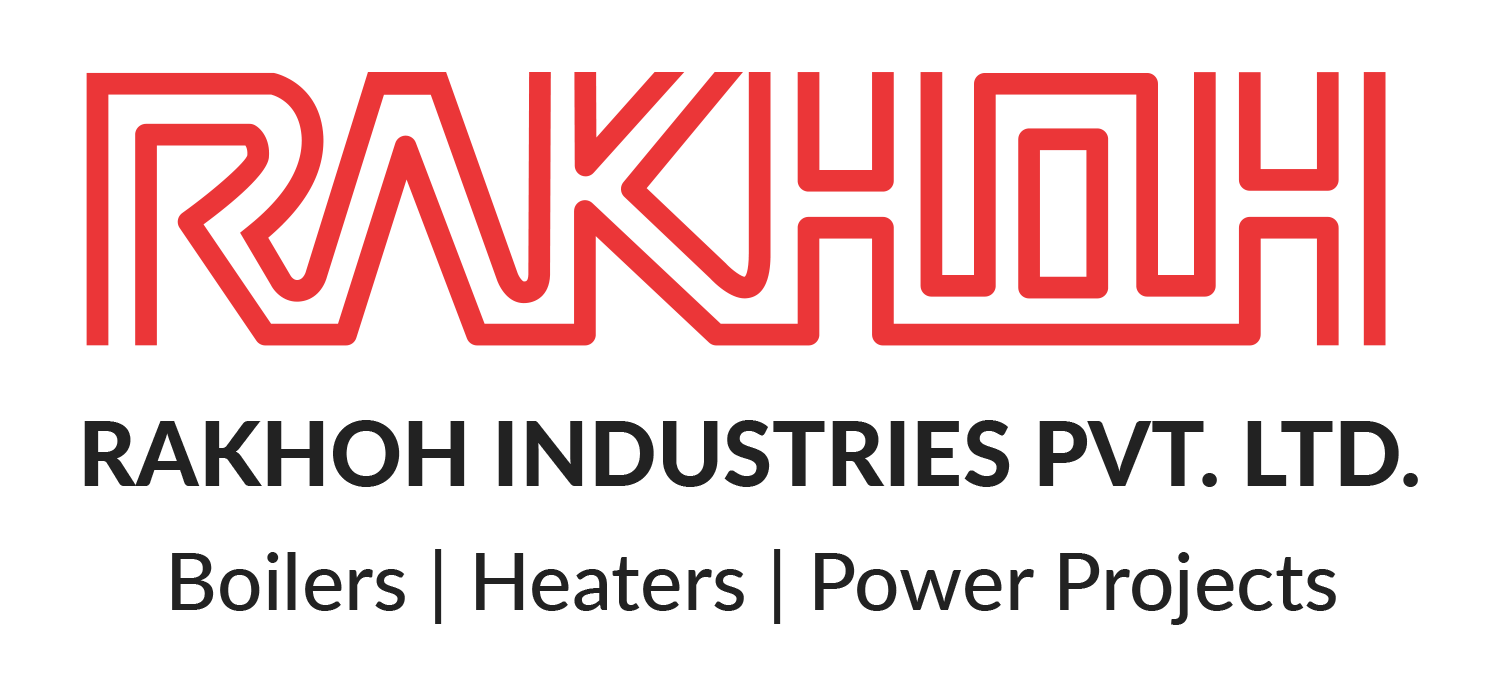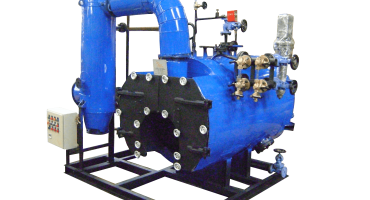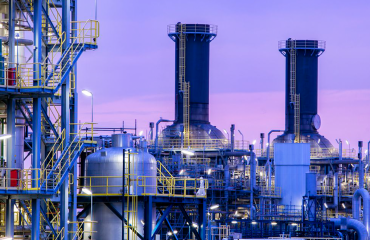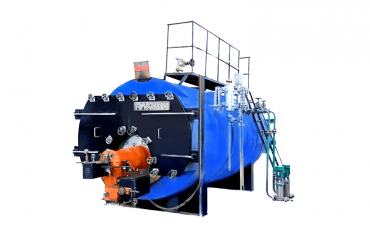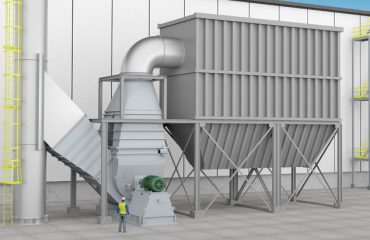Fuels are integral for combustion in steam boilers. Except for natural gas, almost every type of fuel consists of impurities that cause corrosion and deposition on the fireside of the boiler components. Compounds of sulfur, sodium, chlorine, etc., lead to severe damage due to corrosion of boiler metal. Fireside corrosion takes place in three primary temperature regimes. Dew-point corrosion occurs below 300oF when sulphuric acid condenses. Water-wall corrosion takes place between 500oF and 750oF in coal-fired boiler systems due to the formation of pyrosulfates of sodium and potassium. Temperature exceeding 1000oF causes corrosion in superheaters. The corrosive component varies for coal-fired and oil-fired steam boilers.
Ash Corrosion and Deposition:
Ash passing through the boiler is blended with several chemical reactions, causing ash deposition on boiler surfaces. The corrosion mechanisms are similar for both coal-fired boilers and oil-fired boilers. The constituents of the ash are from a mixture of various compounds with a low melting point. It can damage the protective layer of iron oxide in boilers. It results in oxygen coming in contact with the bare metal of the steam boiler.
Ash deposition is mainly categorized as slagging and fouling. Slagging refers to molten, partially fused deposits on the furnace walls and the other surfaces in contact with radiant heat. Slagging also occurs in the convective surface if flue gas temperature is not reduced. Fouling is formed by high-temperature deposits on surfaces that absorb convection heat like superheaters. The compounds condense on ash particles and heat surface as heat is absorbed and temperature reduces. It results in the formation of a layer that helps in deposition.
Source of Fireside Deposition:
In oil-fired boilers, oil containing more than 0.05% of ash is termed high ash oil, whereas oil with less than 0.02% ash is termed low ash oil. Combustion of high ash oil leads to deposition on convection surfaces of boilers such as superheat, reheat, and components of the economizer. Oil ashes containing vanadium causes severe damage as it reacts with oxygen to form various oxides. Similarly, sodium reacting with oxygen produces fouling compounds.
Combustion of solid fuels like coal can lead to fireside slagging. Solid fuels consist of sodium, calcium, silica, sulfur, and iron, along with metal oxides such as alumina, potassium oxide, and titania that encourage slagging. Metal oxides such as alumina, potassium oxide, and titania can also form slagging. Proper boiler furnace design, operational methods, and chemical treatments are factors that can aid in preventing fireside deposition.
Factors Affecting Deposition in Steam Boilers:
Apart from ash characteristics and boiler design, several other factors impact the deposition in steam boilers such as,
Air Distribution:
An imbalance between air and fuel in the ducts and coal piping system results in excess air at some burners and low air at others. It may cause localized reducing conditions that lead to increased slagging. A high coal-air ratio causes a long time in combustion that allows the burning particles to contact the furnace walls and other heat transfer surfaces. It must be ensured that burner adjustment resulting in a flame impact on furnace walls is avoided.
Fuel Distribution:
Fuel should be distributed evenly and uniformly to each burner to ensure there is no excess or low fuel in some burners. It would cause a disturbance in combustion.
Fuel Density:
Fuel with higher density causes a delay in combustion as coarse particles require high residence time for burnout. It leads to slagging in the lower furnace.
Excess Air:
Excess air impacts the temperature within the furnace and the temperature on exiting the furnace. It also reduces the localized reducing conditions in the burners.
Prevention for Fouling:
- Additives containing magnesium, silica, manganese, and aluminum can control fouling by increasing the melting points of deposits.
- The melting point of untreated ash can be as low as 1000oF, increasing by several hundred degrees with proper metal oxides. Magnesium and aluminum are the most commonly used additives to increase the melting point of untreated ash.
- Soot blowers are ideal for preventing dry, loosely bonded deposits that usually take place in the initial stages of deposition.
- Proper cleaning equipment like a soot blower for a coal-fired steam boiler is vital to avoid deposit formation.
- Load reductions during the off-peak operational process allow soot blowers to function effectively and significant cooling to get rid of the deposition.
Conclusion:
Deposition and corrosion cause major harm to the efficiency of steam boilers that significantly reduces their lifecycle. Therefore, it is necessary to properly check the boiler components and ensure regular maintenance of the steam boiler.
Rakhoh Boilers, with their 38+ years of expertise and experience, has emerged as a leading industrial steam boiler manufacturer and boiler service provider globally. We manufacture a range of efficient steam boilers that work effectively with various fuels along with waste heat recovery boilers, thermic fluid heaters, and boiler accessories. Our exceptional boiler services include boiler automation, energy audit, annual boiler maintenance, steam trap assessment, boiler retrofitting, and upgrading to enhance the productivity and lifespan of the steam boiler.
Visit our website www.rakhoh.com to explore our products and services.
